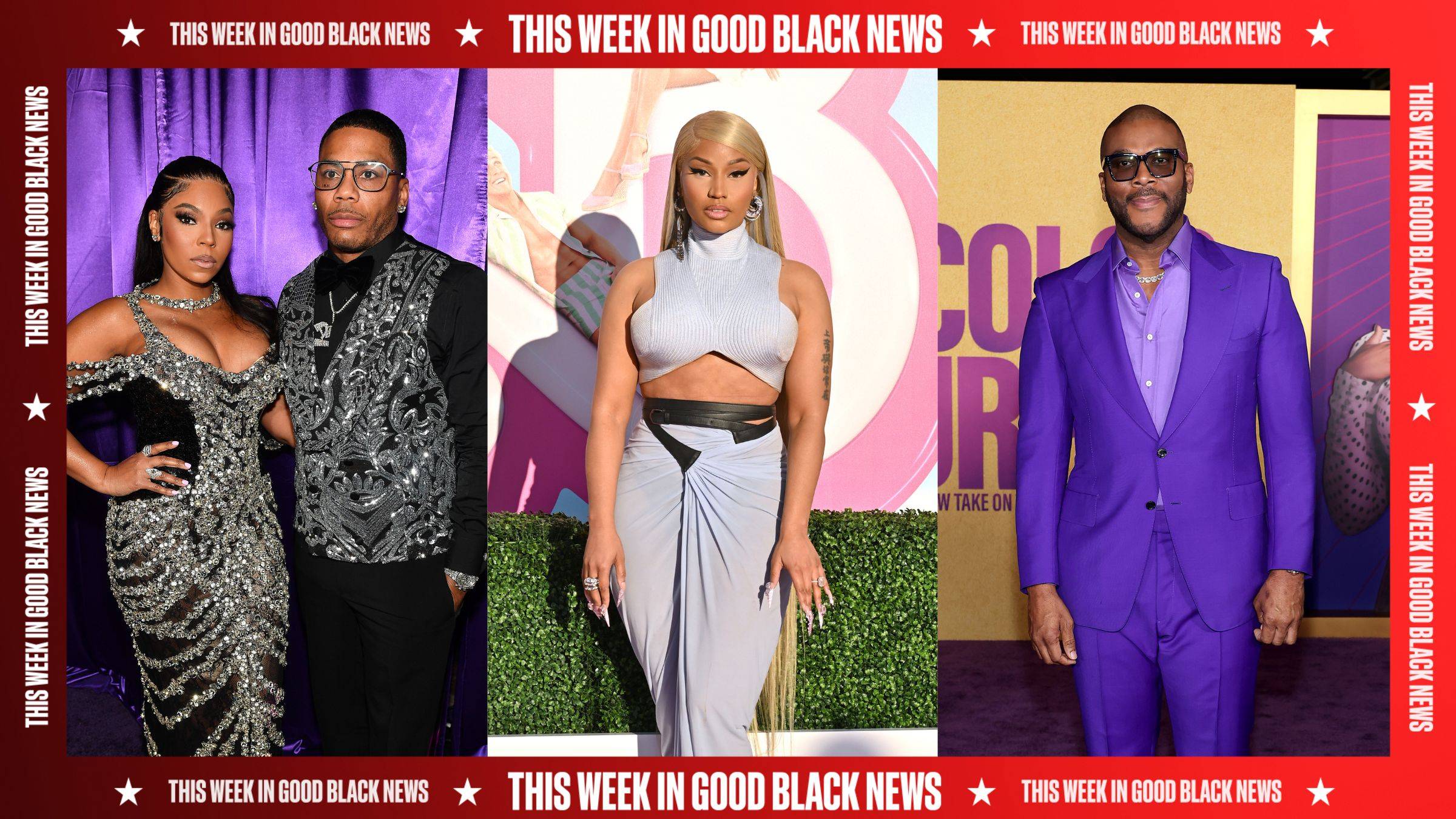For-Profit Schools Target The Black Community. Here’s How You Can Avoid The Scam

This article takes a deeper dive into for-profit schools and the students who have been scammed into pursuing quick-and-easy higher education. Let’s all take a minute to look at why this problem hits the Black community the hardest.
In 2017, the government issued a borrower's defense repayment process for students who felt targeted by for-profit schools. These schools have come under fire due to their unfair predatory lending practices that have created unbelievable debt for students desperate for education and of course, financial aid.
These for-profit higher education institutions are expertly designed to attract those most unfamiliar with higher education. Unfortunately, these students are often African-American and are hungry for a way to improve their lives. Their naivete is often compounded by minimal financial literacy due to lack of financially stable role models in their lives.
ADS ADD TO THE FOR-PROFIT PROBLEM
If you watch television or look at billboards in your community, you may notice that for-profit schools advertise aggressively in urban areas. Cleverly, their messages always feature people of color and are targeted to individuals looking for a way out of dead-end jobs.
A perfect example is Strayer University, a for-profit institution with commercials featuring Black household names like Queen Latifah and Steve Harvey. Their website says: “Strayer University’s online degree programs give you the ability [to] achieve your goals and break through any barriers that hold you back.” That’s a pretty enticing thought for those who are victims of the institutionalized barriers that indeed, hold them back.
These amazingly effect ads run during the day when unemployed people are likely home watching television, or they see the billboards and bus and train ads that many underemployed people ingest on their commute to work.
You may even remember the daytime television ads that ran in 2008 for Everest College which featured a Black man standing in the darkness of a parking lot, speaking directly to the audience, urging them to get off the couch and go get an education. With his slanted hat and matter-of-fact tone, the actor attracts us and at the same time shames us into calling the toll-free number on the screen. He says, “You spend all day on the phone, anyhow, why don’t you make a call that’s going to help you in your future?”
After these ads prove successful, interested students often call to seek more information. For-profit schools then proceed to hound them with daily calls and emails, pressuring them to enroll and seal the deal. They do this strictly with profit in mind, not the students.
Strayer University’s undergraduate degree programs vary from Business Administration to Information Technology and graduate degrees in disciplines like Health Services Administration and Digital Entrepreneurship. Unfortunately, students are not aware that salaries for jobs in these fields are not as high as the ads suggest.
According to GlassDoor, the national average salary for a student with a bachelor's degree, is approximately, $39,000 for an entry-level IT job. Everyone should know that attendance at any school can’t guarantee job placement or a high income. But these ads, with their familiar faces and strong promises lead millions of students of color, astray. According to a report from Strada Institute, 40% of college students who graduate are forced to take jobs that don’t even require a degree.
To be more specific, Strayer University’s student body and most for-profit schools are comprised of a majority of students who are over 30. Students of color represent 55% of their graduates. For-profit institutions are also known for having a significant population of single mothers and for specifically targeting individuals whose parents likely didn’t attend or finish college.
The persuasiveness of these ad campaigns is that these for-profit colleges are the best choice because they do not have academic requirements for admission, they make it super easy to enroll and they promise that attendance is the first step to a financially stable career and future.
Everest College eventually met their demise, when parent company, Corinthian Colleges, was hit with a class action lawsuit and fined $30 million plus an additional $531 million because of their predatory recruitment practices and hyperbolic representation of student’s post-grad earning potential. The lawsuit found the school misled some 350,000 students into signing up for an education that didn’t deliver what was promised.
A simple “Request Info” link will take an interested prospective student to a form that asking for their name, number and email address. Beneath that is a disclaimer in a tiny font at the bottom:
“You consent to receive autodialed marketing calls or text messages from Strayer University and partner school, Capella University, at the phone number you provided.”
A request to be taken off the list leads to locating the closest campus and sending a direct request to them.
THE PRESSURE FOR BLACK ENROLLMENT IS HEAVY
The Harvard Project on Predatory Student Lending goes into detail about how students are pressured into taking on student loan debt based on the idea that their shimmery new career will more than pay-off, down the line.
According to a report from The Century Foundation, most of the tuition students pay at for-profit schools is used for advertising. The report found for-profit online schools spend less than 10% of tuition revenue on actual instruction and educational resources, compared to 40% at online non-profit institutions.
Marketing directly to those searching for increased income and relief from dead-end jobs means they are targeting people who need more loans to cover the cost of school and the living expenses that come along with attending college. These types of students will likely be forced to take the maximum payout and be less likely to pay the loans back before interest mounts up.
Former for-profit enrollment officer, Tressie McMillan Cottom, told NPR in an exclusive interview that the predatory practices of for-profit schools is designed to take advantage of the most vulnerable. She says, "The system that we've come to rely on to increase access to higher education to the most vulnerable among us, really only compounds their poverty and their risk factors. That's the exact opposite of what higher education is supposed to do."
These intrusive sales tactics can be likened to that of a payday loan, especially when you look at the true tuition cost of for-profit colleges.
Depending on the type of loan, federal student loans currently have interest rates ranging from 4.53% to 7.08%. For example, an unsubsidized loan accrues interest from the moment a student steps into a classroom, while interest on a subsidized federal loan is paid by the government until the student graduates.
Either way, the purpose of borrowing money should be to assist the student in receiving an education that will lead to better job prospects. It is assumed that this education will make loan repayment, manageable. Of course, when you consider the average graduation rate of for-profit schools, which is only 21%, you realize many students who attend are leaving without a degree, saddled with debt and nothing to show for it.
THE HIGH COST OF A FOR-PROFIT EDUCATION
Compared to students who graduate from non-profit schools, those for-profit graduates face some pretty dismal career prospects. For example, one study showed that students with degrees from for-profit schools earn 11% less than students with the same degree from non-profit schools. It also showed that students at for-profit schools take on about $5000 more debt than their non-profit peers.
According to a survey from School Loan Hero, the average for-profit credit costs around $647 compared to $325 at 4-year public schools. In addition to the higher cost, many for-profit schools are considered to be less reputable because their curriculum is not as comprehensive as non-profit schools. This difference shows up in post-graduate earnings, as for-profit college graduates, especially those who earned their degrees online only, consistently earn less than those who graduate from non-profit colleges.
The predatory practice of promising the world to those who can’t separate their ambition and emotions from the reality of what makes the for-profit model particularly detrimental can ruinous to the financial futures of Black students.
In a post-recession America where the cost of living has more than doubled since 1982, and with the burden of school debt and the perpetual struggle to stay afloat, we’re seeing more and more millennials delaying traditional adulting milestones such as starting a family or buying a home.
What makes this student debt crisis even more treacherous is that student loan debt cannot be written off by bankruptcy. The government can eventually come after your bank accounts, tax refund and even garnish your wages.
Student loan debt in the U.S. is currently at a back-breaking $1.56 trillion from over 44 million borrowers according to Forbes. Over $929 billion of that debt is shouldered by women, and according to a report by the American Association of University Women, and Black women carry two-thirds more debt than their white counterparts.
According to the National Center for Education Statistics, 86% of Black students take out federal loans to attend college, compared to 50% of white borrowers. Over half of the Black borrowers defaulted on their loans within 12 years, double the rate of white borrowers. What’s attributing to these numbers? Poor financial literacy.
FINANCIAL LITERACY WHERE ARE YOU?
A 2014 financial literacy report by Standard and Poor’s found that nationally the US ranks at 57%, which is just slightly higher than Botswana, an economy that is over 1000% smaller than ours.
Experian surveyed a group of Generation Z’ers (born after 1997) and found that only 19% of them felt like they understood how to manage their credit. Young Black students are too-often handed thousands of dollars in predatory student loans without a true understanding of what taking on that amount of debt means. They often don’t even know the fundamentals of how loans can affect their future and how to care for a healthy credit score.
THE FUTURE IS 2020
Voters want to know, how do we fix the student debt crisis? Phrases like “loan forgiveness” and “wiping out student loan” are commonly heard among Democratic candidates who are honing their best talking points.
The sad reality is that African Americans and other people of color are walking targets for a broken higher education system whose only intent is to make a profit.
2020 will only be the start, if we get a new administration that is interested in an equitable society. The debt crisis solution is not a quick fix. Over several generations, people of color must start to demand financial literacy education and more resources in order to impact the Black community in a lasting way.
Although financial literacy should be taught in every classroom, starting with the first day of first grade. Financial literacy education is only a requirement for high school classrooms in just 21 states and very few states offer comprehensive financial education to those who will most likely be indebted after high school.
Now’s the time to get into politics, if you haven’t been in the past. As the 2020 election season is upon us, there’s much to consider for ourselves and future generations. Pay careful attention to all of the candidates who are talking about student debt; read their platforms and make a wise decision about who truly has your back concerning your education and that of your children’s.
We need an administration that is not just saying the right thing but who is committed to doing the right thing. We’ve done a lot for this country. Now, we must push to get what’s ours; a decent education.





